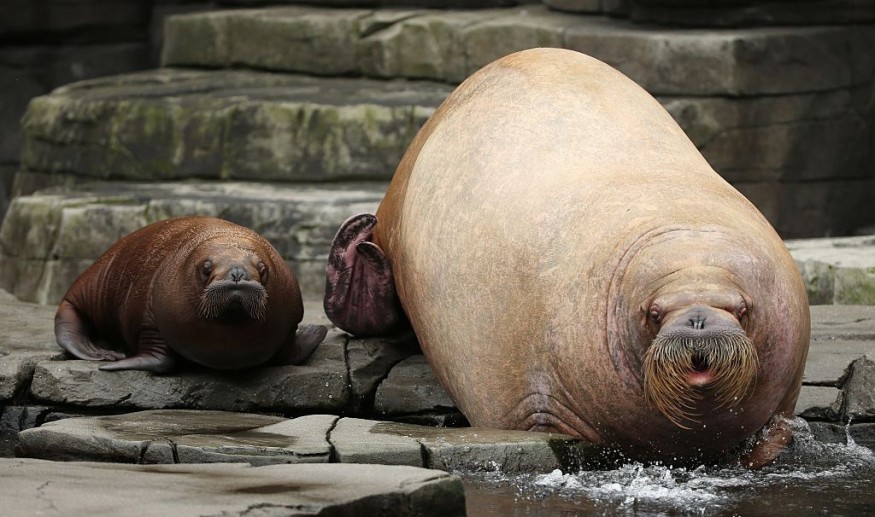Freya the famous Arctic Walrus was found sleeping on a Dutch submarine in the naval port of Den Helder in North Holland. Authorities are unsure if this is a just a 'protest lie in' or merely a nap away several hundred miles from its Arctic home.
It has been protested that a new climate emergency brought about a disruption in the marine ecosystem, driving away this particular animal all the way from polar regions. So far, at least two have been sighted wandering off in Icelandic waters.
Freya was the first of her species to visit the Netherlands in the past 23 years. She took a resting on a 'Walrus-class submarine' named 'Zr. Ms. Dolfijn', a submarine in the naval port of Den Helder by Dutch scientist, Jeroen Hoekendijk.
A Protest for Climate Justice

Hoekendijk, who also specializes on marine mammals, said that Freya appeared to be in good health apart from the raw wound in her front flippers. Hoekendijk was instructed not to board the vessel to photograph the animal, only to be told; 'But you can walk on it.'
Many people speculates that this could be an animal-initiated climate protest, "considering military are huge contributors to carbon emissions."
However, William Caxton, the medieval chronicler and printer in 1456 told that such appearances are a 'sign of trouble to come', especially that walruses themselves at the time were slaughtered for their thick hide made into ropes, and tusks to ivory objects such as the Lewis chess pieces.
In addition, a 1521 Renaissance artist Albrecht Dürer had drawn the first modern image of a walrus stranded in 'Netherlandish waters', evidence that walruses are not just recent visitors to these southern waters, but can be traced way back five hundred years ago.
Global Warming as Contributor to Walruses' Mile-Long Journey
It is not new that the warming planet causes multitude of obstacles for marine animals like the walruses. Throughout evolutionary history, only walrus species had survived among its family despite loss of sea ice, which is a huge threat for them and other Arctic species, as their life cycle heavily depends on it.
The conservation status of the walrus is currently unknown but in the recent years, there have been serious efforts to provide them with subsequent protection.
Freya had already spent several days "eating, bathing, sleeping on the aft deck" of HNLMS Dolfijn Walrus-class vessel. HNLMS Dolfijn entered service in 1993 as the third submarine of the Dutch Navy's Walrus-class, after HNLMS Walrus and HNLMS Zeeleeuw.
"Day-3. Something structural is beginning to emerge here," the submarine service joked along with a photo of Freya snuggling up on the boat's deck, three days after it first arrived later week of October. According to them, Freya goes out regularly after resting on the Den Helder base and comes back a few hours later after her 'lunch break'.
Experts think she had been in the Dutch waters for at least two months and got lost looking for food.
© 2025 NatureWorldNews.com All rights reserved. Do not reproduce without permission.





